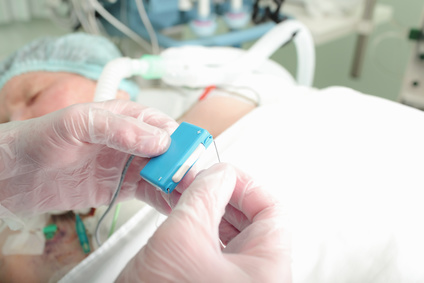This new meta-analysis did not manage to prove whether permanent pacemaker implantation after transcatheter aortic valve replacement (TAVR) raises the rates of mortality, infarction, or stroke. Implantation could only be associated to a lesser recovery of ventricular function after the procedure, something that had already been observed in previous studies.
Patients who required a pacemaker undoubtedly obtained the same benefits after TAVR than patients who did not receive one, which is extremely good news, since 10%-40% of all patients (depending on the valve type) receive one of these devices before being discharged.
This analysis, which was published in Circulation Cardiovascular Interventions, included 23 studies with a total 20,000 patients and around 2500 pacemakers implanted.
Read also: “Ad Hoc” PCI during TAVR: No Impact on Safety or Long Term Outcomes”.
The risk for adverse events, including all-cause mortality, cardiovascular mortality, infarction, and stroke, was similar among patients who required a pacemaker and those who did not, both at 30 days and at 1 year.
Patients without a pacemaker showed better recovery of ventricular function after TAVR, something that should be contextualized. Most patients presented normal ventricular function at baseline, which could explain the apparent “disconnection” between the lack of improvement in ventricular function and adverse events in patients who received pacemakers.
The reduction in ventricular mass observed early after TAVR due to after load reduction is associated to less readmissions due to heart failure. There are ongoing studies aimed at determining whether this phenomenon is affected by chronic pacemaker stimulation.
Read also: “Self-Expanding Stents Are Superior to Balloon-Expandable Stents in the Iliac Arteries”.
This meta-analysis cannot answer certain questions, for example, how pacemaker-dependent were patients in the long-term. Obviously, pacemaker impact will not be the same for patients in whom the pacemaker works 20% of the time, 50% of the time, and patients who are completely dependent. Other studies have suggested that up to half these patients do not require a pacemaker at all one month after implantation.
This meta-analysis could not reveal certain complications associated with pacemakers, such as wire disconnection, wound infections, pocket hematoma, or cardiomyopathy.
Original title: Clinical and Echocardiographic Outcomes Following Permanent Pacemaker Implantation After Transcatheter Aortic Valve Replacement: Meta-Analysis and Meta-Regression.
Reference: Mohananey D et al. Circ Cardiovasc Interv. 2017 Jul;10(7).
Subscribe to our weekly newsletter
Get the latest scientific articles on interventional cardiology
We are interested in your opinion. Please, leave your comments, thoughts, questions, etc., below. They will be most welcome.




